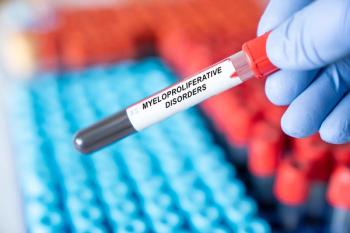
Review of Trials Finds Support for Combination ADHD Therapies, but Not Alternative Treatments
Behavioral therapy combined with stimulants is more effective and tolerable than other treatments for attention-deficit/hyperactivity disorder (ADHD), according to a recently published review and network meta-analysis of 190 randomized trials. The review did not find evidence to support cognitive training, neurofeedback, antidepressants, antipsychotics, dietary therapy, fatty acids, and other complementary and alternative medicine.
Behavioral therapy combined with stimulants is more effective and tolerable than other treatments for attention-deficit/hyperactivity disorder (ADHD), according to a recently published review and network meta-analysis of 190 randomized trials.
The researchers compared the efficacy and safety of medications, psychological and complementary and alternative medicine interventions for the treatment of ADHD in children and adolescents. The trials involved 26,114 participants.
Poor
They found that any intervention—behavioral therapy (alone or in combination with stimulants), stimulants, and non-stimulant—seemed significantly more effective than placebo. Other findings included:
- Behavioral therapy, combined with stimulants, was better than stimulants or non-stimulants alone.
- Stimulants seemed superior to behavioral therapy, cognitive training and non-stimulants.
- Behavioral therapy, stimulants and their combination showed the best profile of acceptability.
- Both stimulants and non-stimulants seemed well tolerated.
- Stimulants (methylphenidate and amphetamine) worked better than non-stimulants (atomoxetine and guanfacine).
- Methylphenidate and clonidine seemed better accepted than placebo and atomoxetine.
While the medications were linked to some side effects (anorexia, weight loss and insomnia), an increased risk of serious adverse events was not observed.
The researchers noted that there is urgent need for high-quality randomized trials of the multiple treatments for ADHD in children and adolescents, and that before starting any treatment the risks and benefits need to be weighed.
Of their review, researchers wrote that their overall findings were limited by the clinical and methodological heterogeneity, small sample sizes of trials, short-term follow-up, and the absence of high-quality evidence.
Reference
Catalá-López F, Hutton B, Núñez-Beltrán A, et al. The pharmacological and non-pharmacological treatment of attention deficit hyperactivity disorder in children and adolescents: a systematic review with network meta-analyses of randomised trials. PLoS One. 2017;12(7). doi.org/10.1371/journal.pone.0180355. Published July 12, 2017. Accessed December 18, 2017.
Newsletter
Stay ahead of policy, cost, and value—subscribe to AJMC for expert insights at the intersection of clinical care and health economics.













































